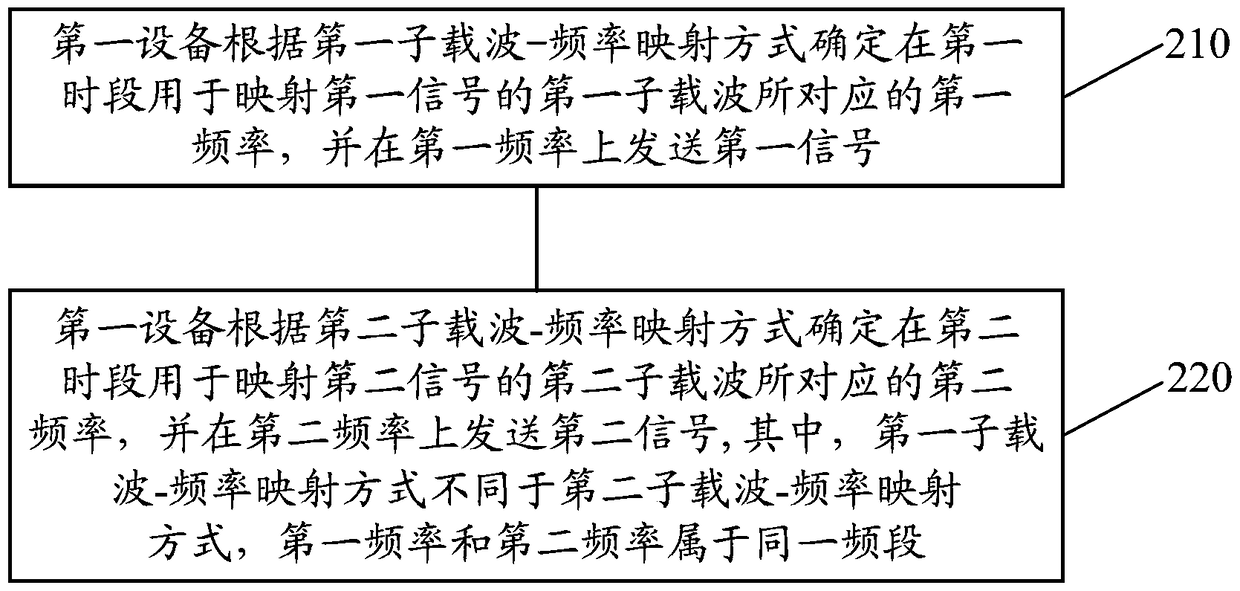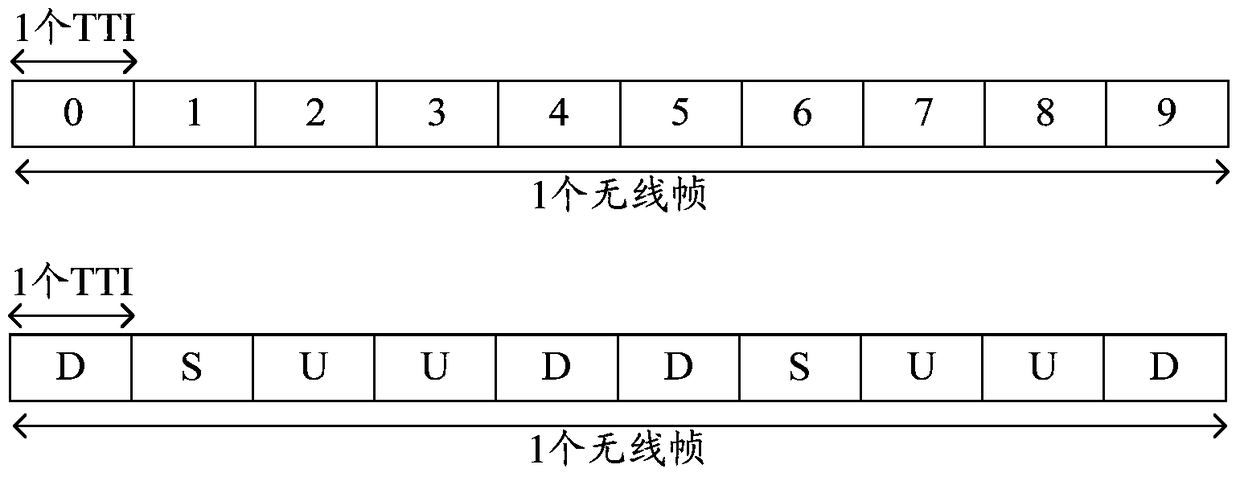Method and device for transmitting signals
A technology for transmitting signals and signals, which is applied in the field of transmitting signals and can solve problems such as the inability of user equipment and network equipment to transmit signals.
- Summary
- Abstract
- Description
- Claims
- Application Information
AI Technical Summary
Problems solved by technology
Method used
Image
Examples
Embodiment Construction
[0190] The following will clearly and completely describe the technical solutions in the embodiments of the present invention with reference to the accompanying drawings in the embodiments of the present invention. Obviously, the described embodiments are some of the embodiments of the present invention, but not all of them. Based on the embodiments of the present invention, all other embodiments obtained by persons of ordinary skill in the art without creative efforts fall within the protection scope of the present invention.
[0191]It should be understood that the technical solution of the present invention can be applied to various communication systems, such as: GSM (Global Systemof Mobile communication, global mobile communication) system, CDMA (Code Division Multiple Access, code division multiple access) system, WCDMA (, Wideband Code Division Multiple Access, wideband code division multiple access) system, GPRS (General Packet Radio Service, general packet radio servic...
PUM
 Login to View More
Login to View More Abstract
Description
Claims
Application Information
 Login to View More
Login to View More - R&D
- Intellectual Property
- Life Sciences
- Materials
- Tech Scout
- Unparalleled Data Quality
- Higher Quality Content
- 60% Fewer Hallucinations
Browse by: Latest US Patents, China's latest patents, Technical Efficacy Thesaurus, Application Domain, Technology Topic, Popular Technical Reports.
© 2025 PatSnap. All rights reserved.Legal|Privacy policy|Modern Slavery Act Transparency Statement|Sitemap|About US| Contact US: help@patsnap.com



